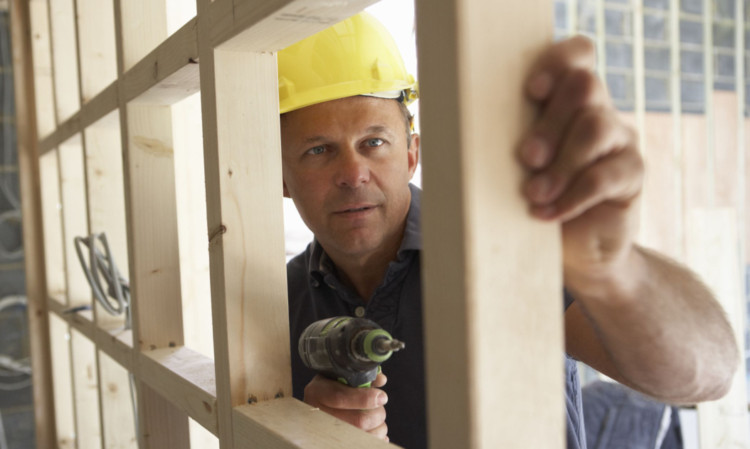Housebuilding in Scotland fell by 14% during a “disappointing” year to June, new statistics have shown.
Some 13,478 new homes were constructed during the 12-month period, while the number of new-build starts also declined, by 8% to 12,897.
The figures include a 5% decline in private sector work, and a significant fall in the number of social sector houses built.
Industry body Home for Scotland said the figures were poor, with falling output now stretching to five consecutive years.
But chief executive Philip Hogg was upbeat about the future, saying the time lapse in the statistics disguised more positive and “up-to-date” indicators.
“Taking these together with the recent introduction of the Help to Buy (Scotland) shared equity scheme, which is already making a big impact, we now need to ensure that this increased activity in the housing market is sustained in order that it translates into the building of much needed new homes across all tenures,” he said.
“However, as today’s figures highlight, the situation is very fragile.
“Given the devastating impact the economic downturn has had in terms of industry capacity and the resultant low base any recovery must start from, it is imperative that major supply-side issues such as development finance, land supply and skills shortages be addressed if output is to increase to the levels required to meet housing need.”
The Scottish Government said the fall was down to changes in its funding programmes, affecting trends and seasonal quarterly patterns for new-build approvals.
The publication came on the same day as a UK-wide study revealed how housebuilding grew at its fastest pace for a decade during November.
The latest in a string of closely-watched purchasing managers’ surveys found housing activity at its highest since 2003, buoyed by a property market backed by government initiatives.
Demand for property has been spurred by Help to Buy schemes which help would-be homeowners struggling to find a deposit, as well as low interest rates.
Meanwhile, the Bank of England’s Funding for Lending plan to improve borrowing conditions has proved so successful in helping the mortgage market it has had to be cancelled and refocused on small businesses.
But there have been fears that much of the improvement in the property markets has been focused on the South East of England and London.
However, the figures do suggest a continuing improvement in the UK economy, with Markit chief economist Chris Williamson saying they add to the likelihood of GDP growth rising above 1% during the last quarter of the year.
